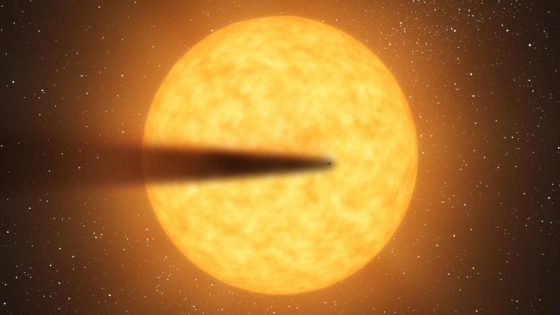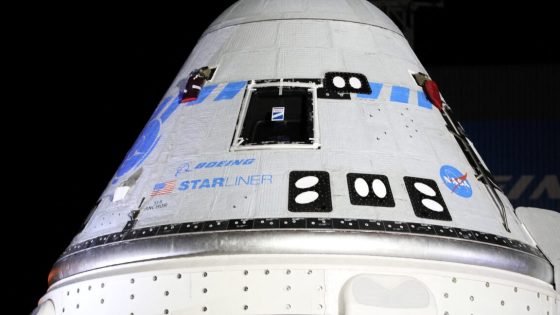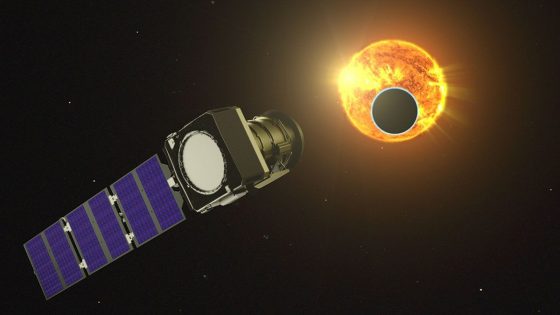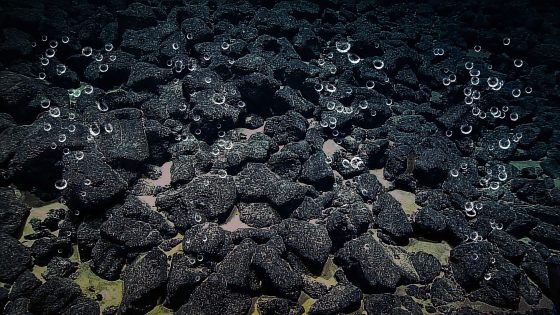Astronomers have made a groundbreaking discovery by observing two alien planets disintegrating in real-time. This remarkable event, reported on February 26, 2025, offers a rare look into the inner workings of planets far beyond our solar system. How do these distant worlds reveal their secrets? The findings could reshape our understanding of planetary formation and evolution.
- Astronomers observed two disintegrating exoplanets.
- K2-22b orbits its star in nine hours.
- BD+054868Ab has two massive tails.
- JWST detected unusual gases on K2-22b.
- Both findings are under peer review.
- BD+054868Ab may vanish in 1-2 million years.
Two Disintegrating Exoplanets Offer Insights into Planetary Interiors
What can we learn from planets that are literally falling apart? The recent observations of K2-22b and BD+054868Ab shed light on the extreme conditions that lead to their disintegration. These findings not only enhance our knowledge of distant worlds but also raise questions about the fate of planets in our own solar system.
Understanding the Extreme Conditions of K2-22b and BD+054868Ab
The two exoplanets are in perilous orbits around their stars, leading to their dramatic disintegration. K2-22b, a Neptune-sized rocky planet, orbits its star every nine hours, facing scorching temperatures that exceed 3,320°F (1,826°C). Meanwhile, BD+054868Ab, the closest evaporating exoplanet to Earth, has two massive tails of debris trailing behind it. These planets provide a unique opportunity to study their compositions and understand their interiors.
- K2-22b has a comet-like tail formed from vaporized rock.
- BD+054868Ab is losing material at an alarming rate, potentially ceasing to exist in 1-2 million years.
- Both planets offer insights into the processes that shape planetary evolution.
- Research could influence our understanding of Earth and its future.
The Role of the James Webb Space Telescope in Discovering Exoplanets
The James Webb Space Telescope (JWST) has been instrumental in observing these disintegrating planets. By detecting gases like carbon dioxide and nitric oxide, JWST provides clues about the planets’ pasts and compositions. This technology allows astronomers to reverse-engineer the conditions that led to their current state, revealing the mysteries of planetary interiors.
Future Implications for Planetary Science and Exploration
The findings from K2-22b and BD+054868Ab could have significant implications for future planetary science. Understanding how these planets lose their material may help scientists predict the fate of other celestial bodies, including those in our solar system. As we continue to explore the cosmos, these insights will be crucial for planning future missions and understanding the potential for life beyond Earth.

































